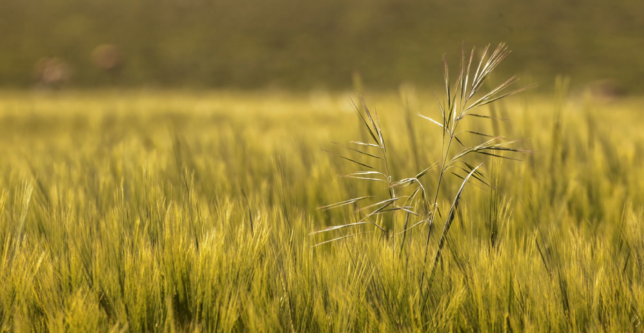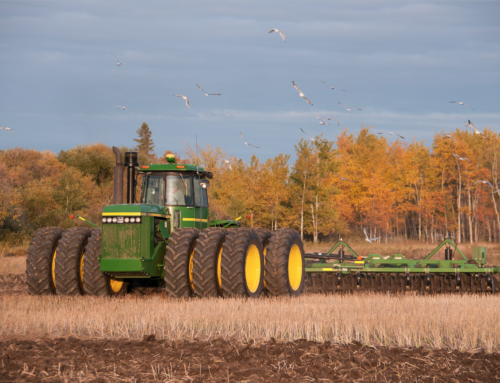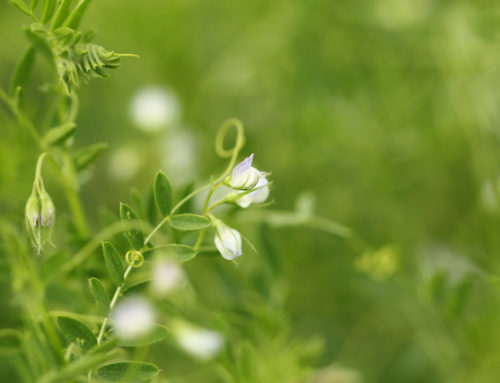It’s been a season for the books. Right across the Prairies, rain, more rain, hail, and storms have pounded the crop, but now, harvest is steadily approaching and despite many challenges, decisions still have to be made regarding pre-harvest weed control. Fall is generally regarded as the best time to gain a foothold over winter annual weeds like narrow-leaved hawk’s beard, dandelions, shepherd’s purse, and stinkweed, but a late summer/pre-harvest application can be very convenient and useful timing, as well.
Problem perennial weeds like Canada thistle and quack grass are also best tackled in the fall. Why? Perennial weeds need to be actively growing in order to translocate the herbicide active ingredient throughout the plants for best control. Some perennial weeds have prodigious root systems that, if not targeted at the ideal time, will grow into a bigger problem in the following season. Gaining control over perennial weeds is paramount, according to Clark Brenzil, Provincial Specialist, Weed Control with Saskatchewan Agriculture, particularly ahead of seeding crops with limited in-crop control options.
The same herbicide operation may not get both the winter annuals and the perennials – winter annuals can easily germinate long after harvest, even after a fall frost. By scouting diligently and having field records to fall back on, a decision can be made to determine the bigger or more immediate problem.
Growers have two options available pre-harvest. Either apply a true pre-harvest herbicide with glyphosate or utilize a desiccant product like Reglone. The two are not the same in mode of action nor in outcome. Glyphosate is a systemic herbicide whereas a desiccant acts immediately on contact with the plant.
Glyphosate is generally used in a pre-harvest situation primarily for perennial weed control. A side effect is to ensure crop dry down is hastened. However, dry down takes much longer than using a desiccant for this purpose. Desiccants work more quickly to kill the above-ground growth of both the crop and weed. If perennial weeds are a problem, then using a desiccant will not move the needle very far in controlling them. Glyphosate is the preferred option in that case and will take, and should have, ten to 12 days to work properly.
Additional considerations for choosing to use a glyphosate product or a true desiccant hinge on acceptability by end-users. Maltsters will not take barley that has been treated with glyphosate pre-harvest. Glyphosate can accumulate in the germ which is key to the malting process. No germ means no malt. Pay attention to any restrictions with crops like milling oats and lentils, as well. It’s best to check with your grain buyer if you have any doubts about what can and cannot be applied pre-harvest.
Furthermore, seed growers tend not to use glyphosate for the same reason. Their stock-in-trade is top-notch germination – if there is any hint of germination irregularities, business can be negatively impacted.
If growers are unsure as to what is the best course of action, contact your local agriculture representative or your agronomist for advice.
Reference: www.agrciutlure.gov.sk.ca/Guide_to_Crop_Protection







Leave A Comment